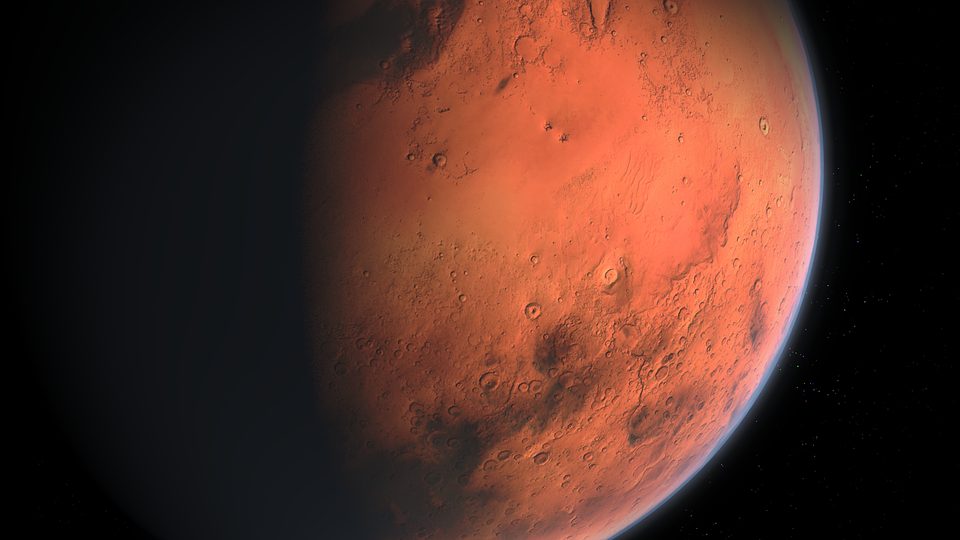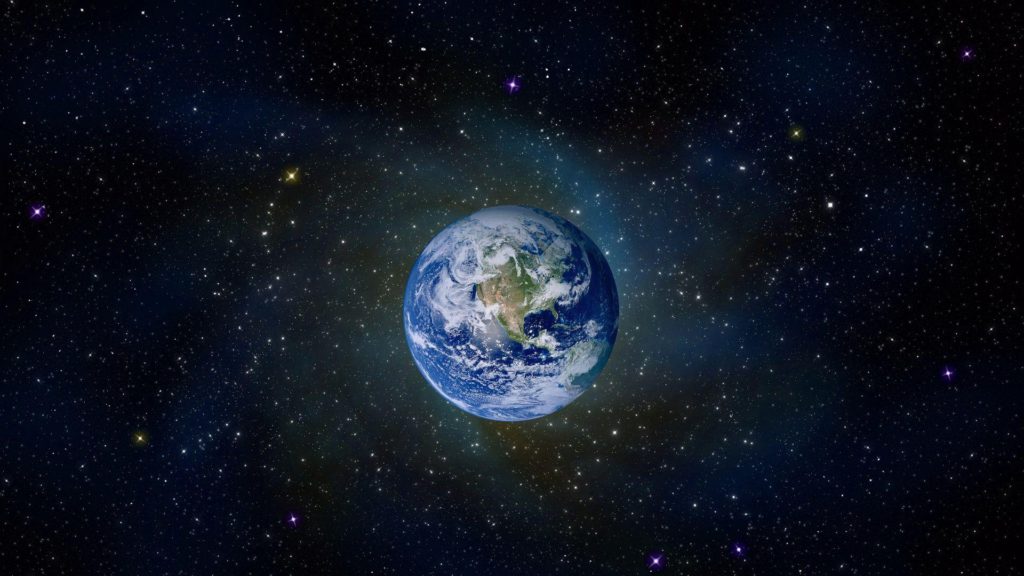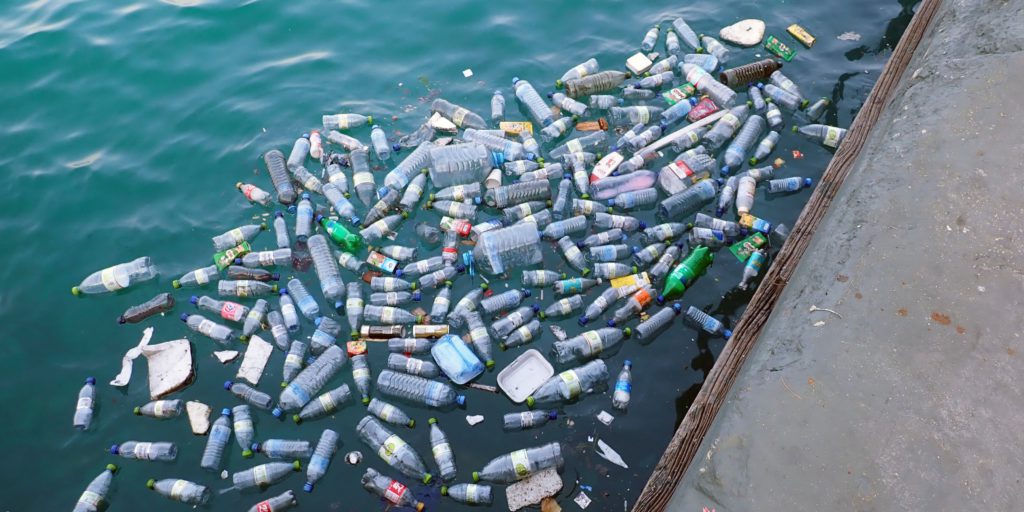Water Resources are essential for life to exist. Not only does water help regulate body temperature and hydrate the internal organs, but it is also essential for carrying out day to day activities. Water plays an important role in households, agriculture, as well as in the processing, finishing and transportation of goods in industries. Therefore, it is not wrong to say that virtually all human activities require water, particularly fresh water.
Earth, also known as the blue planet, receives its name from the enormous amount of water on its surface. In fact, over 75 per cent of the planet is covered by water. However, despite there being a large amount of water on the planet, only 2.5 per cent of water is freshwater. The remaining is salty.
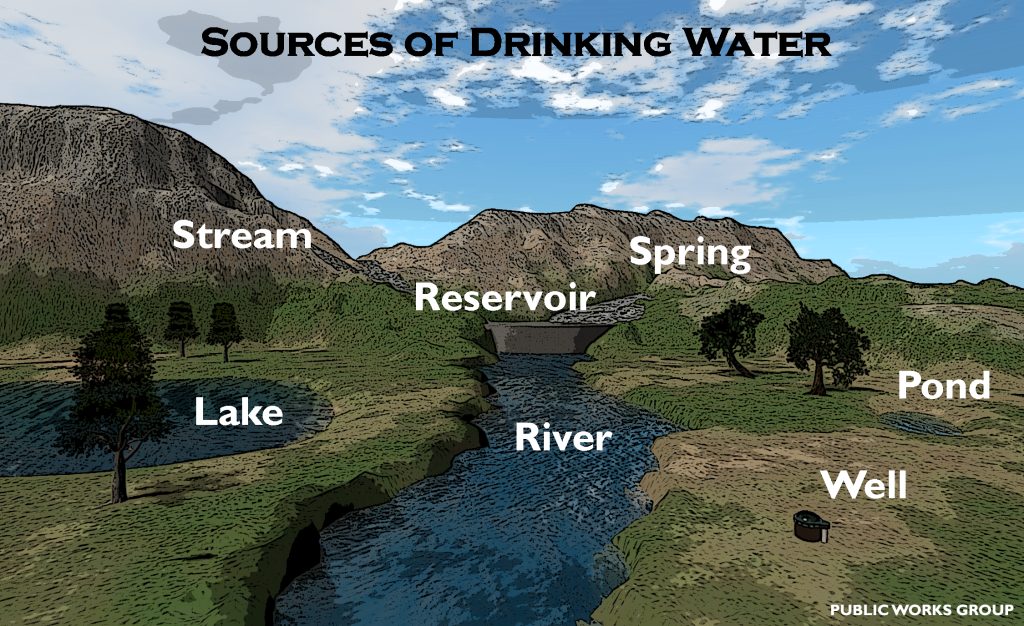
In this article, we will look at the different resources that contain this large supply of water, their uses and some of the threats they face.
What are the various types of water resources on planet Earth?
Resources of water are of two types, namely, natural and artificial. Let’s take a closer look at them.
Natural sources of water
Saltwater resources
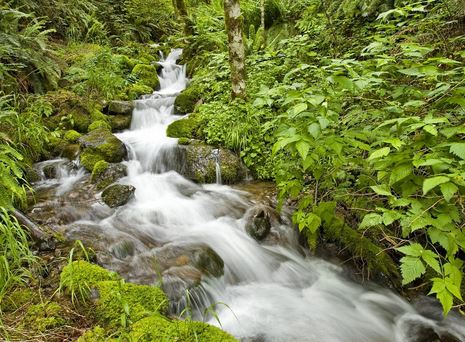
Seawater, often known as saltwater, is water from the sea or ocean. As previously stated, saltwater is quite prevalent on the planet’s surface. However, humans can not use it as a source of drinking water. This is because the average salinity of saltwater in the world’s seas is roughly 3.5 per cent. This implies that every kilogramme of saltwater contains around 35 grammes of dissolved salts, the majority of which are sodium and chloride.
Having stated that, saltwater resources can still aid human activities. Saltwater fish are a mainstay in many people’s diets across the world. Furthermore, the tidal waves of the sea are also utilised as a source of renewable hydroelectricity.
Groundwater resources
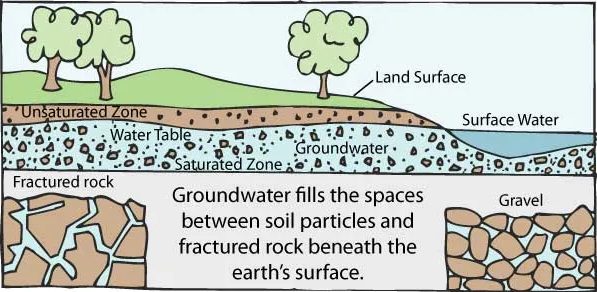
Groundwater is the most abundant accessible freshwater resource. During rainfall, some of the water percolates into the ground through layers of clay, soil and rock. With the help of gravity, the water keeps moving downward through the earth till it eventually reaches the saturated zone (refer to the diagram above).
Groundwater serves as a source of drinking water for a majority of the population, especially in rural areas. Moreover, over 60 per cent of all agricultural lands use groundwater for irrigation. Lastly, it is also essential for processing materials in a variety of industries.
Surface water resources
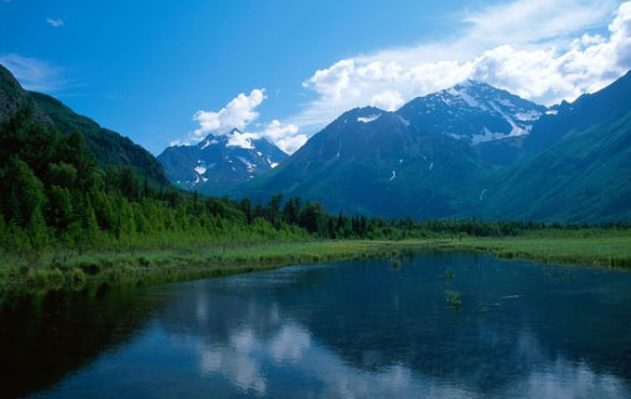
Surface water refers to the water found in streams and lakes. They account for more than 63 per cent of the public water supply. Drinking water, irrigation, recreation, industry, transportation, and hydroelectric production are some uses of surface water.
Due to its extensive use, the quality of water in these sources is critical. It is essential to determine if the water is suitable for human consumption through different chemical and physical methods. Factors like temperature, electrical conductivity, pH, phosphorus levels, nitrogen levels, dissolved oxygen levels, and bacteria are all evaluated as indicators of water quality.
Frozen water resources
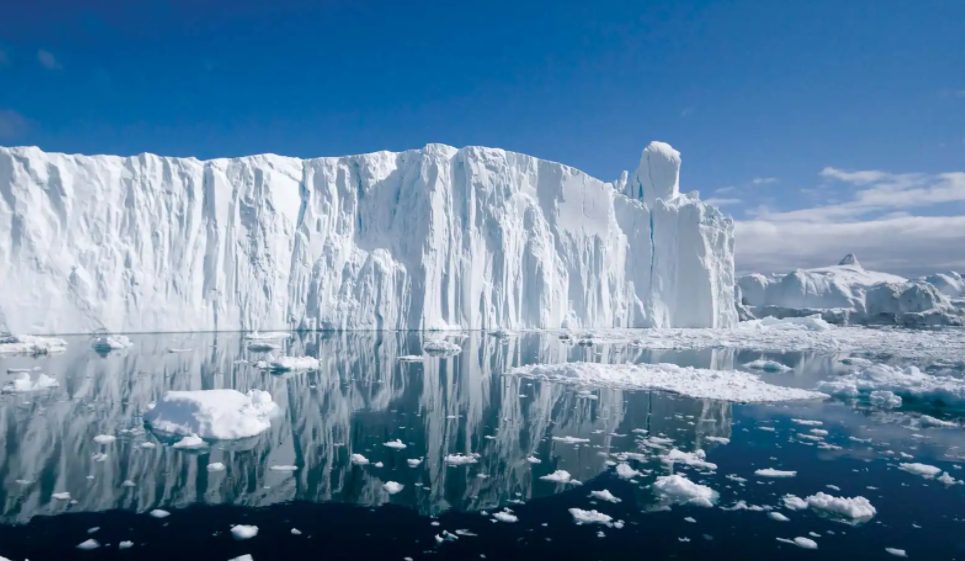
Ice sheets, which cover the majority of Greenland and Antarctica, hold only 2 per cent of the world’s total water supply. However, they contain over 70 per cent of the planet’s freshwater supply. Global warming and the resulting climate change have greatly affected these ice sheets. Glaciers are receding, snow and ice are melting and the permafrost is thawing. Not only has this resulted in a rise in avalanches, landslides, but it also poses a long-term threat to the security of water supplies for billions of people.
Limiting global warming would assist people in adapting to changes in water supplies in mountain regions and beyond, as well as aid in reducing dangers associated with mountain hazards.
Artificial sources of water
Recycled water
Water reclamation or wastewater recycling is the process of converting municipal wastewater or industrial wastewater into water that can be reused for a variety of purposes. Reuse may involve, for example, irrigation of gardens and agricultural areas, as well as replenishment of surface and groundwater. Reused water can also be used to meet specific demands in homes (like toilet flushing), companies, and industries. In fact, effective treatments can even clean wastewater to meet drinking water standards.
Several technologies are utilised to treat wastewater for reuse. A combination of these technologies can achieve stringent treatment criteria while also ensuring that the treated water is hygienic and pathogen-free. Some examples of common technologies used for the process include ultrafiltration, ozonation, advanced oxidation, forward and reverse osmosis, as well as aerobic treatment.
Desalinated water
In a broader sense, desalination refers to the removal of salts and minerals from a target substance. It is the process used to convert saltwater into potable water for human consumption or agriculture. In fact, the majority of the present interest in desalination is centred around the cost-effective supply of fresh water for human use.
What are some challenges or threats to different water resources?
Freshwater is critical for human existence. Agriculture, industrial processing as well as the survival of the planet’s vegetation and creatures depend on this source of water. However, we humans have taken undue advantage of this source, leading to the contamination of freshwater supplies.
There are many sources of water pollution. They include,
- Rapid urbanisation
- Inadequate sewage disposal
- Leaching of pesticides and fertilizers used from agricultural fields.
- Large oil leaks and oil spills, especially ones that occur while drilling for oil.
- Dumping of chemical or radioactive waste by industries.
Apart from this, water scarcity, water conflict and global warming also greatly threaten the planet’s water supplies.
Final thoughts
The various water resources are under strain as a result of rapid population growth and growing demand. Thus, it is essential to take the necessary steps to curb these threats in order to ensure that our future generation can also enjoy clean and hygienic water like we do.
Share with your friends


